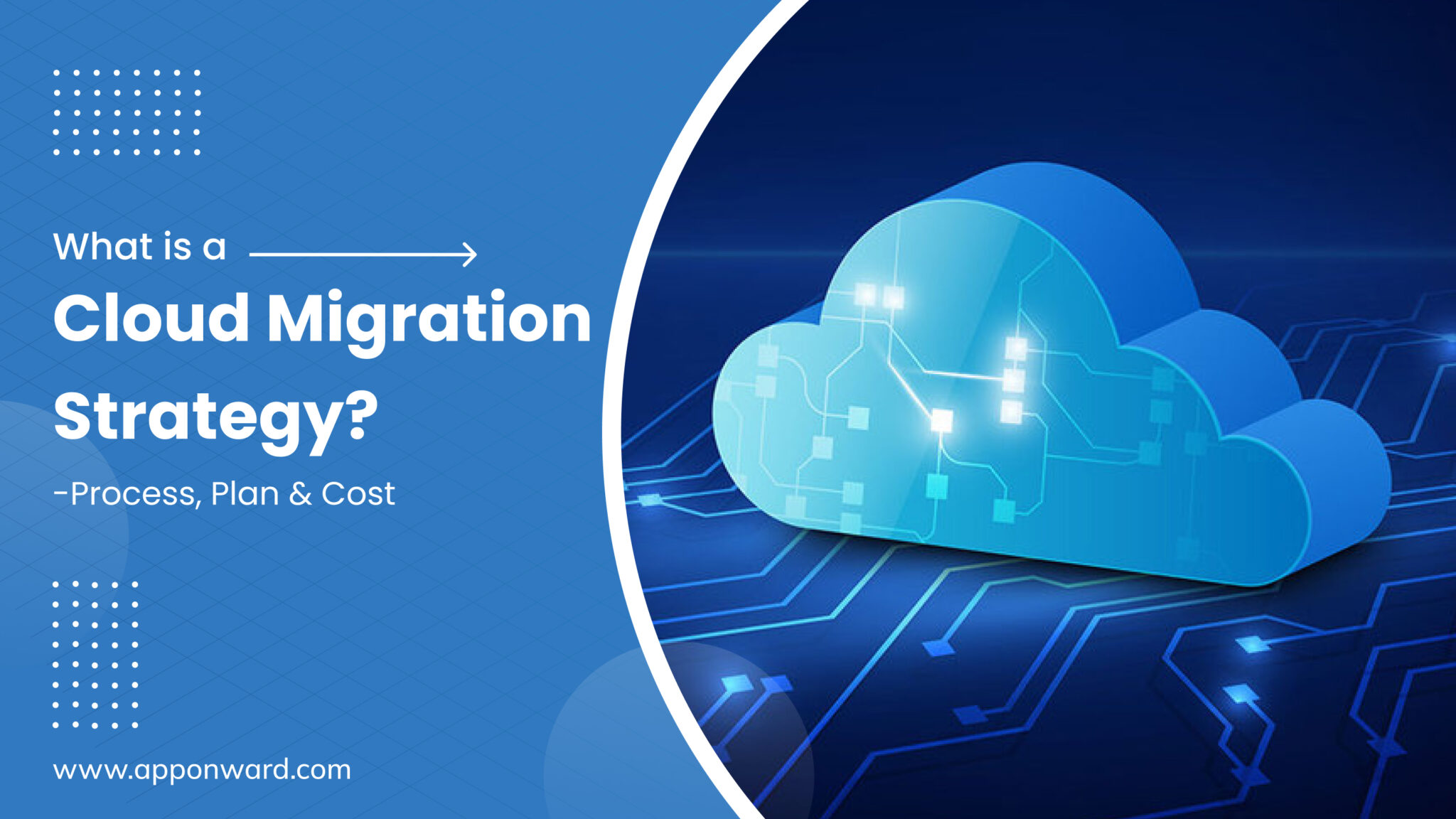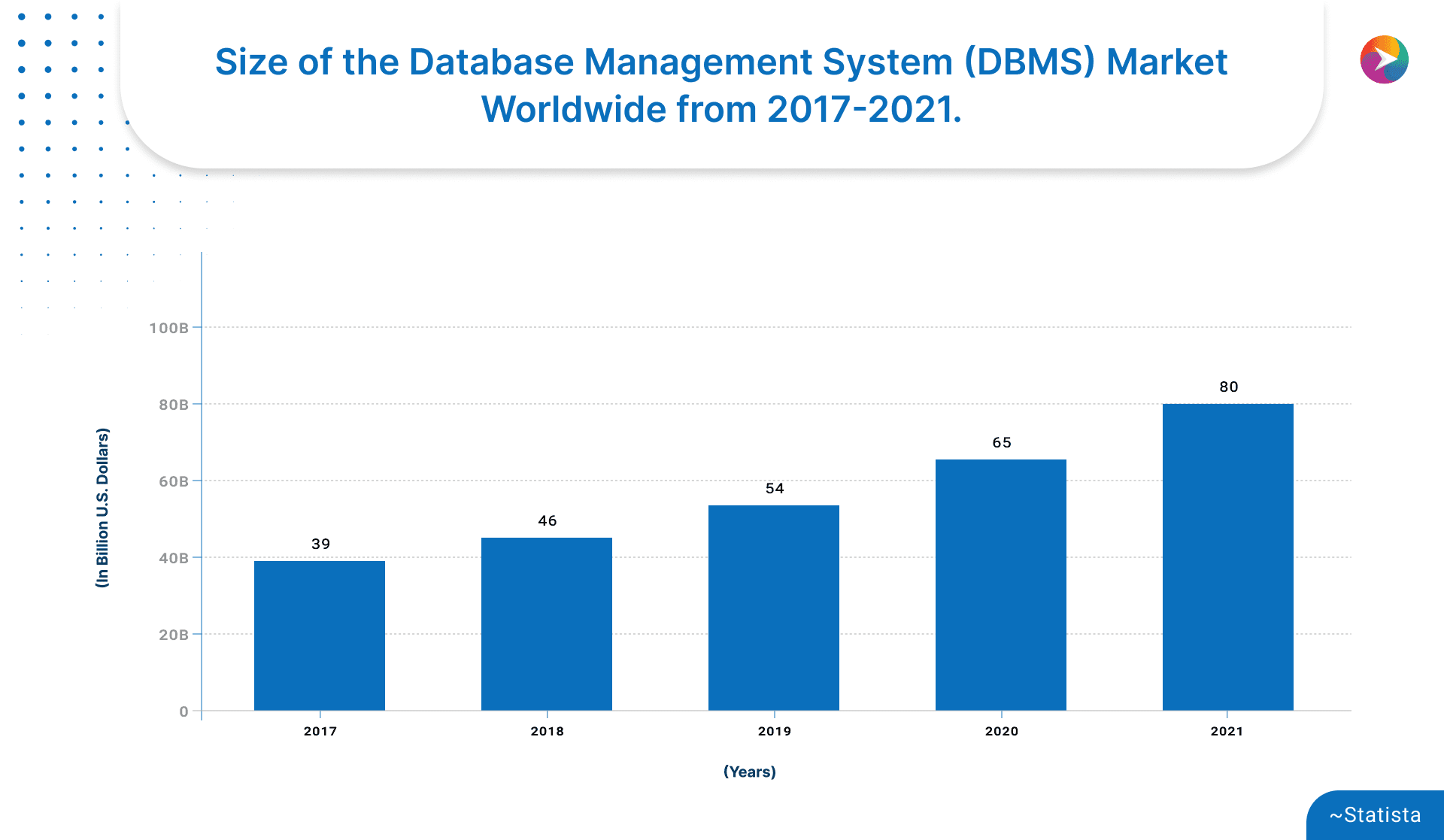 22/04/2024
22/04/2024 
Anand Kumar Mishra
7 Mins to Read
Table of content
Cloud migration is transferring data and applications from an on-site data center to a cloud computing environment. This transition leverages numerous benefits including flexibility, scalability, improved accessibility, and cost-efficiency.
Cloud Migration typically involves moving data from physical servers or legacy systems to cloud-based infrastructure which is a common model, however, there is another scenario called cloud-to-cloud migration which involves, moving workloads between different cloud platforms or providers.
The cloud migration process requires mindful planning, analysis, and execution to ensure maximum benefits of cloud infrastructure that delivers to the business requirements.
What are the three common approaches to migrating to the cloud?
There are six commonly used migration approaches, also known as the “six R’s of migration”. However, organizations follow those migration approaches that best answer their needs. Here we will discuss the three approaches widely used by the organizations:
- Rehosting (Lift and Shift): As the name suggests this process involves lifting and shifting data from on-premises servers to a cloud service without making extensive changes. Rehosting is quicker with low business impact and no regulatory constraints than other migration strategies. It may not take full advantage of cloud-native features and is well suited for companies with no long-term strategy for advanced cloud capabilities.
- Refactoring: Refactoring involves rebuilding applications from scratch to leverage cloud-native features and services like serverless computing and data management. This approach optimizes applications for the cloud environment by improving scalability and performance. It is generally the most expensive approach with long-term benefits.
- Replatforming: Replatforming is a variation of “lift and shift” with a few adjustments that suit the new cloud environment. The core architecture of the application remains the same but modifies the business model and has cloud resilience as an added benefit. This type of cloud migration strategy comes with benefits like increased system performance and reduced operational costs.
What types of cloud storage does the article describe?
Here we are going to talk about the basic three types of cloud storage with different features, performance characteristics, and pricing models. This allows organizations to pick the most suitable option based on their requirements.
- Public Storage: It is the quickest and most cost-effective storage solution available, where organizations can easily deploy their data on the cloud within a day. Cloud service providers like AWS and Microsoft offer public storage with flexible performance levels and zero maintenance at the best price available. Many large cloud service providers offer different tiers and classes of storage each designed to specific performance requirements.
- Private Storage: On the other hand, private cloud storage refers to storing data privately in the organization’s intranet and protected by its firewall. Organizations own the on-premises private cloud or get a dedicated private cloud designed by the cloud storage providers. In this case, accessibility is provided through a private connection.
- Hybrid Storage: This architecture combines the features of public and private cloud storage. It integrates on-premises storage infrastructure with cloud storage services. This allows organizations to leverage the scalability and flexibility of the cloud while maintaining control over legacy systems. AWS Storage Gateway, Azure StorSimple, and Google Cloud Storage Transfer Service are common examples of hybrid cloud storage.
What factors should an organization consider when choosing a cloud service model?
Organizations must consider the following factors and make an informed decision while choosing a cloud service model:
- Workload Requirements: Determine the specific needs of the application whether it requires high-performance computing, real-time processing, or batch processing. Different cloud service models offer varying levels of computing resources and services.
- Scalability and Flexibility: Opt for providers who provide vertical and horizontal scaling to accommodate changing workload demands and business growth. Consider models that offer flexible services and transparent pricing models catering to specific business requirements.
- Service Level Agreements (SLAs): Ensure the cloud computing service providers offer 24/7 support and scrutinize service level agreements for quick response time. The SLAs must meet the organization’s service level objectives (SLOs) and risk tolerance for downtime or service disruptions.
- Integration and Interoperability: Evaluate the integration and compatibility of the cloud services with existing technologies, applications, APIs, and data formats. To ensure seamless interoperability and data exchange between on-site and cloud environments strong compatibility between cloud services and applications is required.
- Security and Compliance: Check the security services and compliance certifications provided by the cloud service providers. Ensure the data encryption, identity and access management (IAM), network bola gacor, and regulatory compliance requirements are relevant to the industry standards.
- Vendor Reputation and Support: Go for the vendor with a strong track record of customer reviews, industry awards, and analyst evaluation. Service providers with reliable customer support service, strong documentation, and community resources for troubleshooting and assistance will best serve the organization’s requirements.
What security advantages does migrating to the cloud provide?
Migrating to the cloud can enhance the organization’s security system with the built-in security features of cloud service providers. With proper security configurations and access controls, organizations can fully leverage the security advantages of cloud computing. Here we have listed the prominent advantages cloud migration offers:
- Organizations can benefit from the state-of-the-art security measures of cloud providers without investing in building and maintaining their security infrastructure.
- Cloud environments have built-in failover mechanisms to ensure continuous availability of services. Hence, mitigating the impact of security incidents like DDoS attacks or hardware failures.
- Cloud providers undergo regular security audits and comply with industry-specific security standards such as SOC 2, ISO 27001, HIPAA, and GDPR. By leveraging certified cloud services, organizations can demonstrate adherence to regulatory requirements.
- In the event of a security breach or natural disaster, cloud providers offer robust data protection and disaster recovery capabilities, with data encryption, backup and replication services, and geographically distributed storage.
What is one downside of opting for fully managed cloud services?
We have talked about the several benefits of cloud migration, now let’s talk about the one downside of migrating the entire legacy system to the cloud environment. When shifting completely to the cloud organizations may have limited control over the underlying infrastructure, configurations, and software stack. They become dependent on the provider for updates, maintenance, and support, which poses risks if the provider experiences downtime or security breaches.
To mitigate this downside, organizations can adopt a hybrid approach, combining fully managed services with self-managed solutions to attain control and flexibility. Additionally, they can carefully evaluate their objectives and establish clear service level agreements (SLAs) with the cloud providers that perfectly align with their business needs.

 Mobile Apps
Mobile Apps Web Apps
Web Apps Blockchain
Blockchain Digital Marketing
Digital Marketing Others
Others






